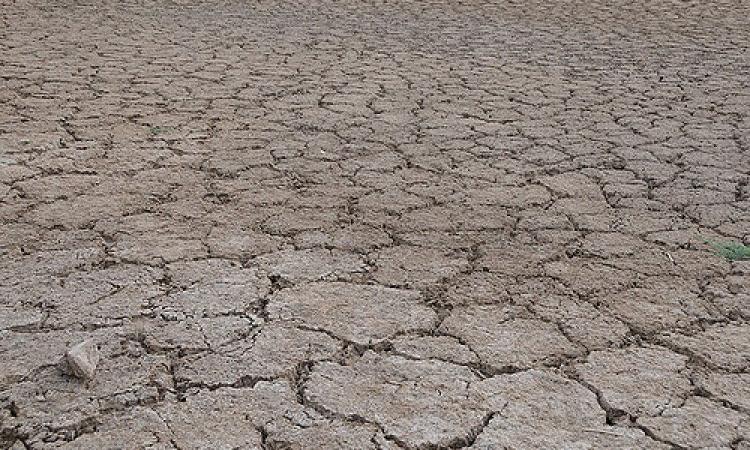
Human activities are taking a heavy toll on country's resilience to drought
According to a recent study by the Indian Institute of Technology, Indore (IITI), out of the 634 districts in the country, only 241, that is 38 percent of the districts, are resilient to drought or dry conditions. The study also noted that the districts with predominant forest cover had better resilience than those districts that were cropland dominated. As the forest-dominated region is present in the northeast and north India, these areas were found to be either resilient or slightly non-resilient while the western part of India dominated by arid and semi-arid regions was non-resilient.
Following Maharashtra, Karnataka declares drought
The Karnataka government has declared drought in 86 taluks across 23 districts, mostly in the north Karnataka region. Owing to the drought, Rs 8000 crore crop loss has been estimated in the state. While Karnataka is drought hit, Odisha is struggling with excess rain and drought at the same time. The paddy crops in western Odisha is facing moisture-stress due to deficient rain. In contrast, the coastal Odisha, which received heavy rain, thanks to cyclonic storm Titli, is expected to get more rains in the coming days.
NRIs and PIOs making no contribution to the Clean Ganga Fund
As per the government data, the government entities have contributed more than 85 percent to the Clean Ganga Fund (CGF), while the non-resident Indians (NRIs) and person of Indian origin (PIOs) have pitched in with a meager two percent. The Clean Ganga Fund was set up in January 2015 for the government's flagship scheme, Namami Gange for the Ganga river rejuvenation. Till September 30, the Clean Ganga Fund (CGF) had a total of Rs 234.98 crore available for spending, out of which NRIs and PIOs donated only Rs 3.76 crore while 'private organisations' contributed Rs 19.54 crore.
Chennai gets a flood warning system with ward-level detail
The National Centre for Coastal Research (NCCR), Chennai, along with various IITs, has built a flood warning system called C-FLOW designed to be used in Chennai. C-FLOW or the Chennai Flood Warning System is a six-module ensemble that can predict flooding due to heavy rainfall, sea-level rise and increase in water levels of three rivers near the city--the Cooum, the Adyar and the Kosasthalaiyar. Using the forecast from the India Meteorological Department (IMD) and the National Centre for Medium Range Weather Forecasting (NCMRWF), the system can also predict locations at risk of flooding as well as the depth of flooding.
Coastal Kerala under threat from sand mining
Since the 1960s, extensive mineral beach sand mining has been happening in the coastal stretch from Chavara and Alappad in the Kollam district of Kerala. From the time mining started in the region, several villages have got abandoned and thousands displaced due to forced eviction, loss of drinking water, fish stock depletion and erosion. The region is rich in minerals like ilmenite, rutile, zircon, monazite, leucoxene (brown ilmenite), sillimanite and garnet. Two public sector companies, Indian Rare Earth and Kerala Minerals and Metals Limited, have been mining the area extensively since 1968. Despite protests from the locals, mining still continues in the region.
This is a roundup of important news published between October 23 - 29, 2018. Also read policy matters this week.
/articles/few-districts-country-drought-resilient-study